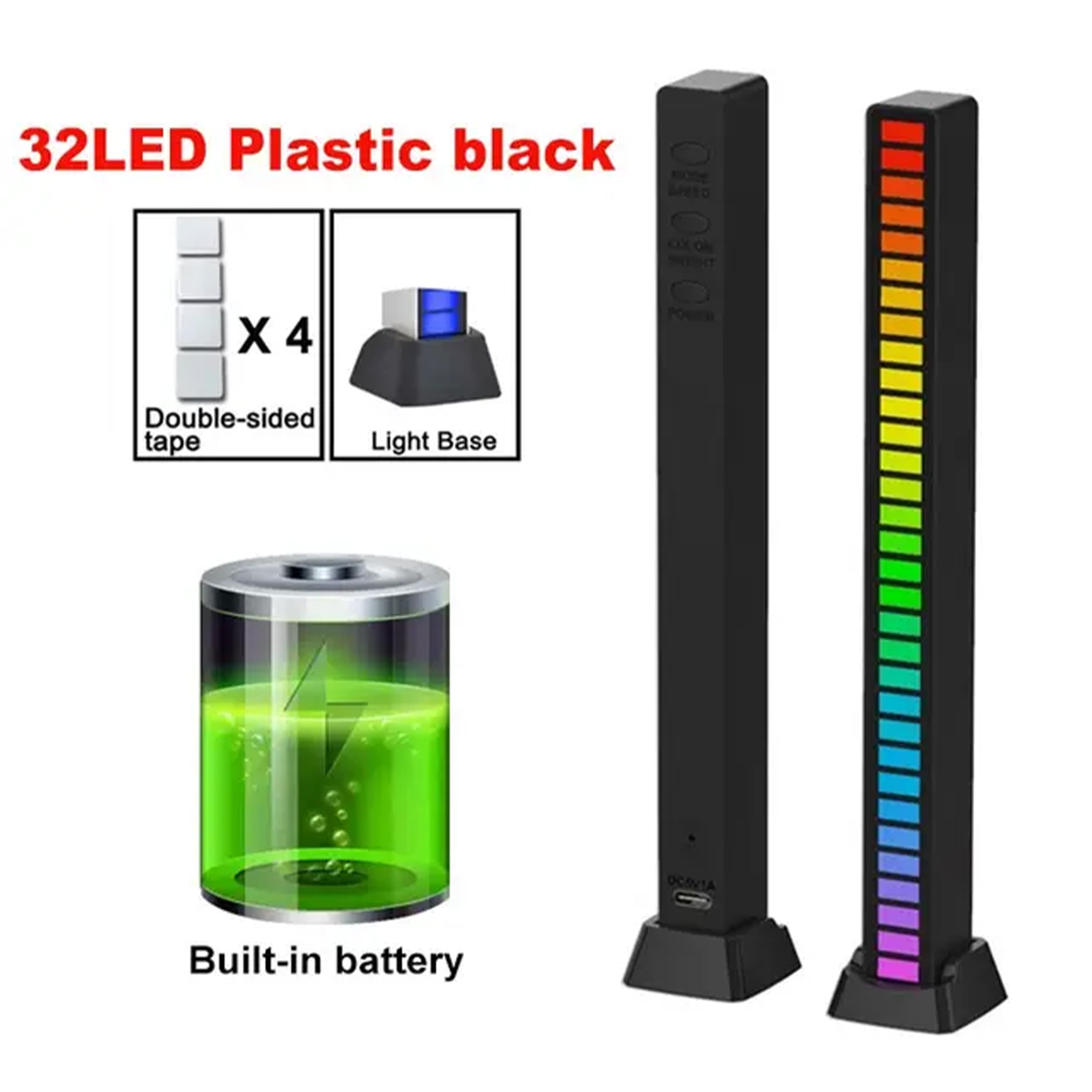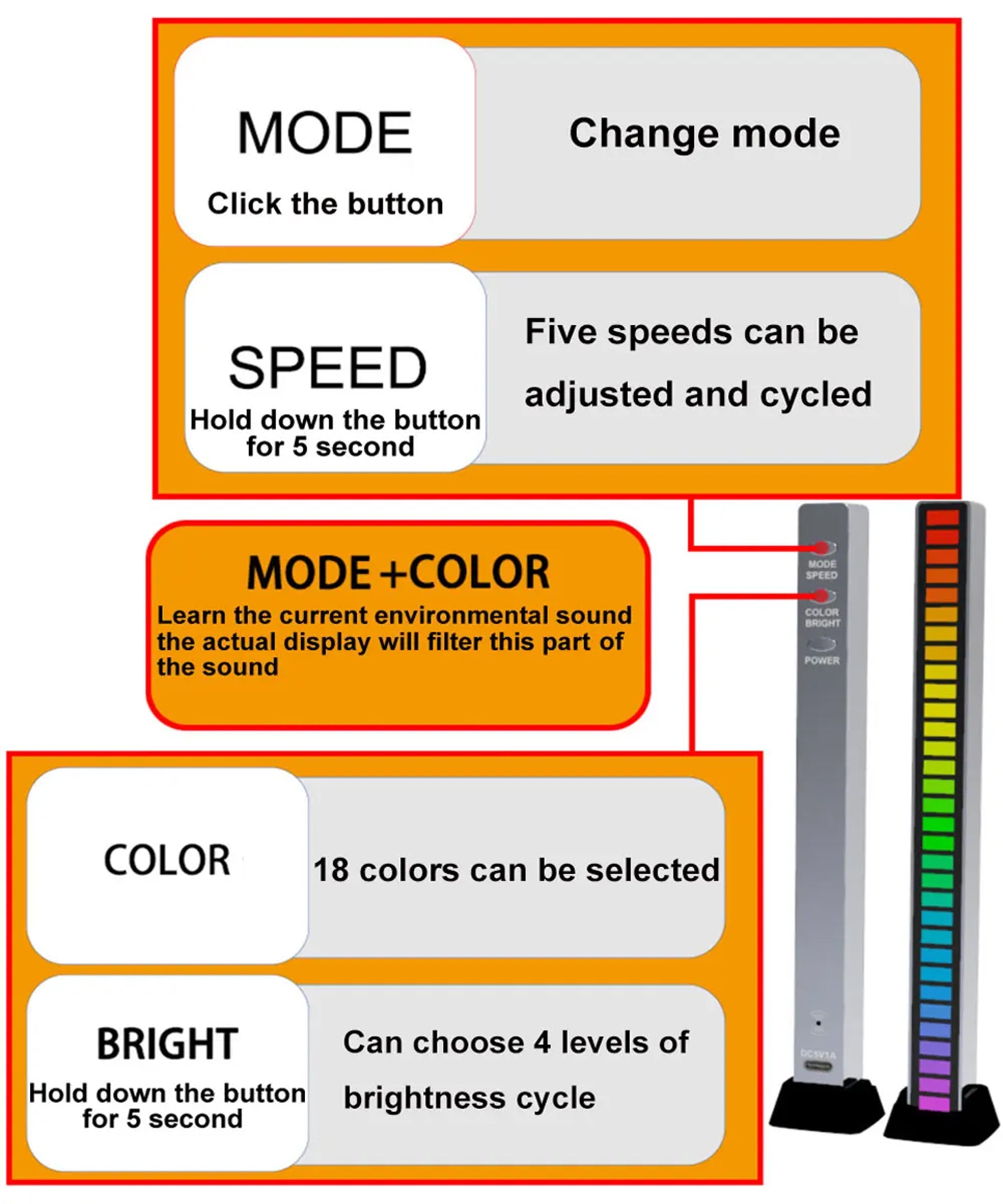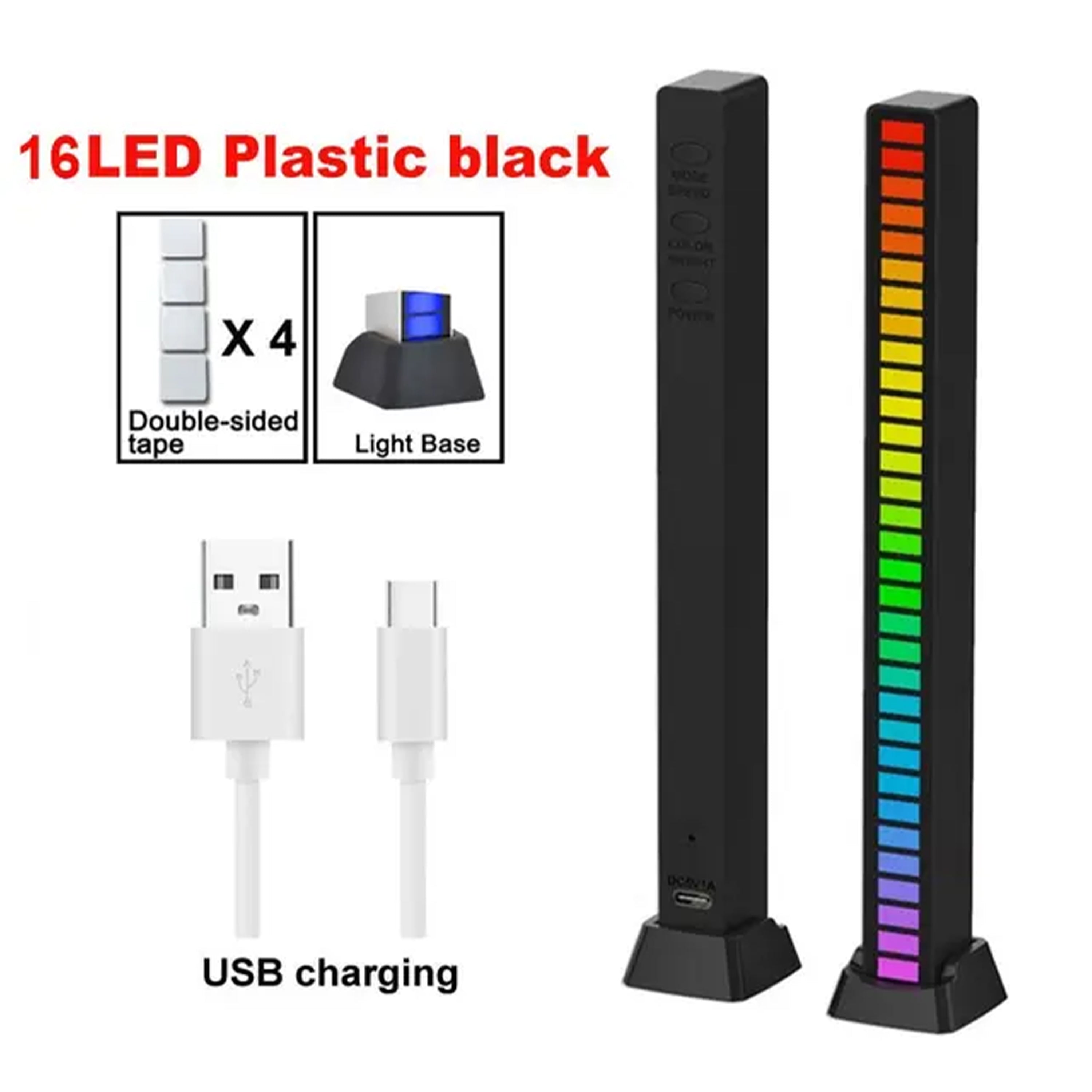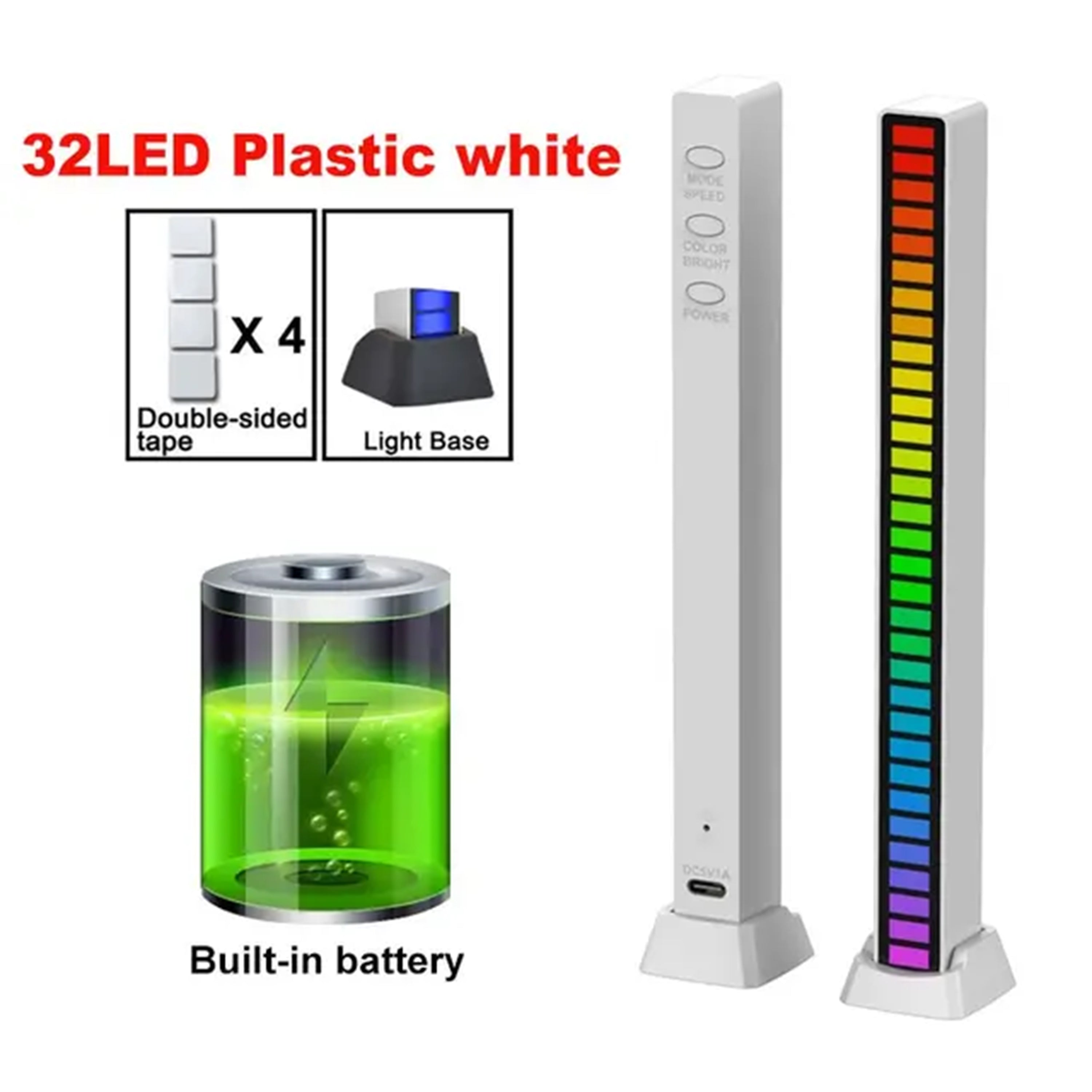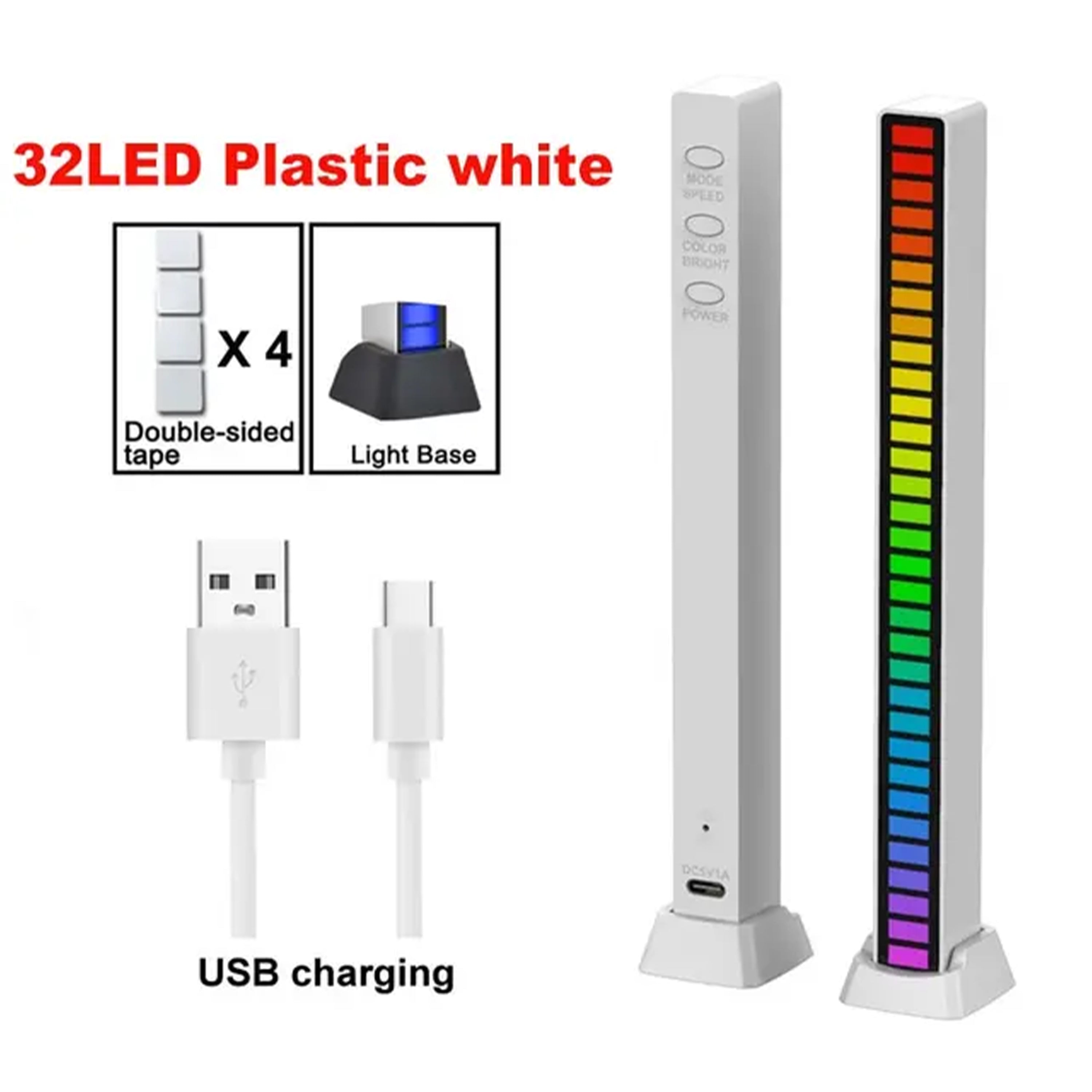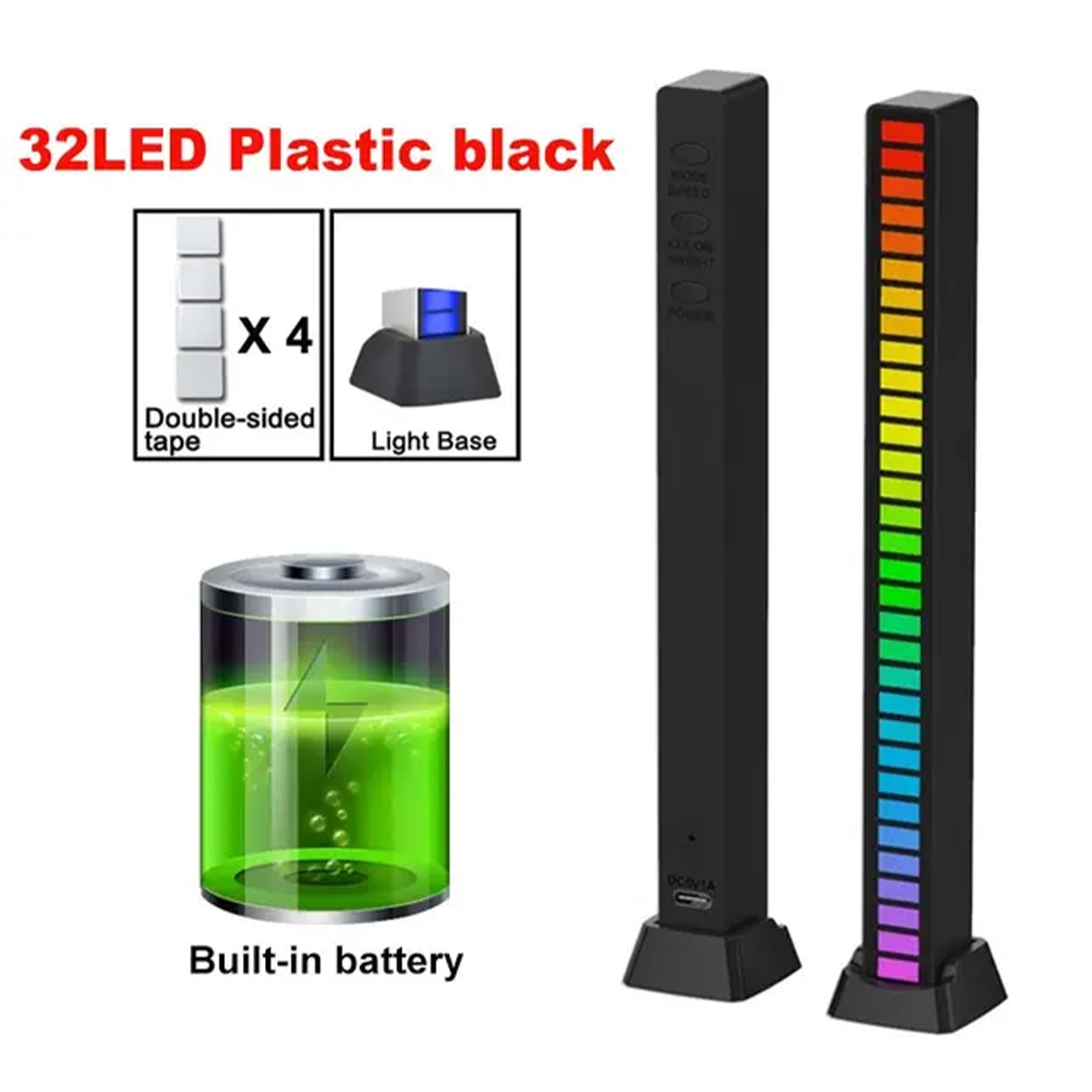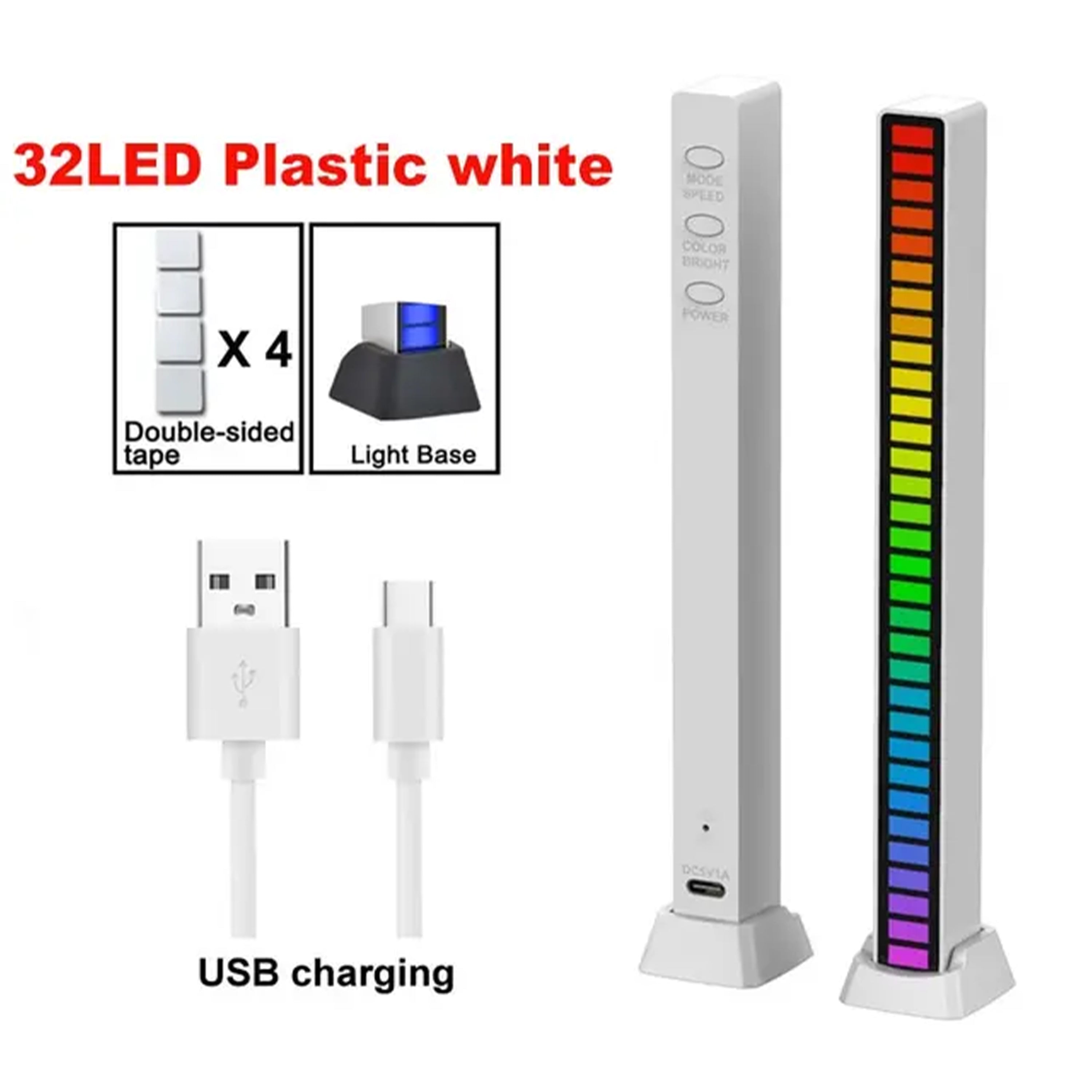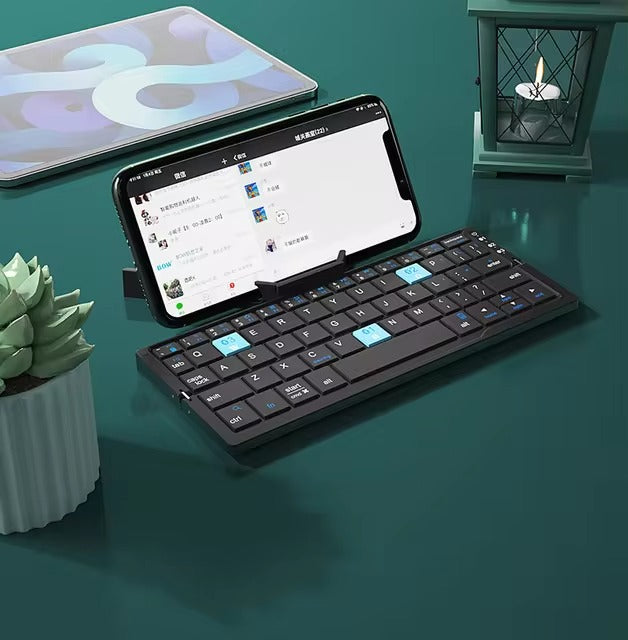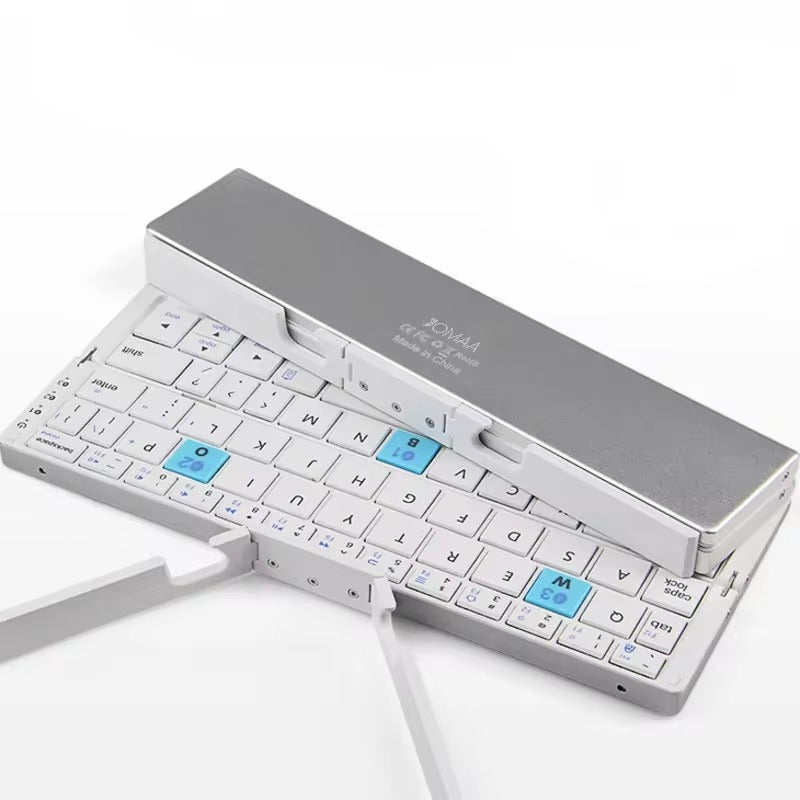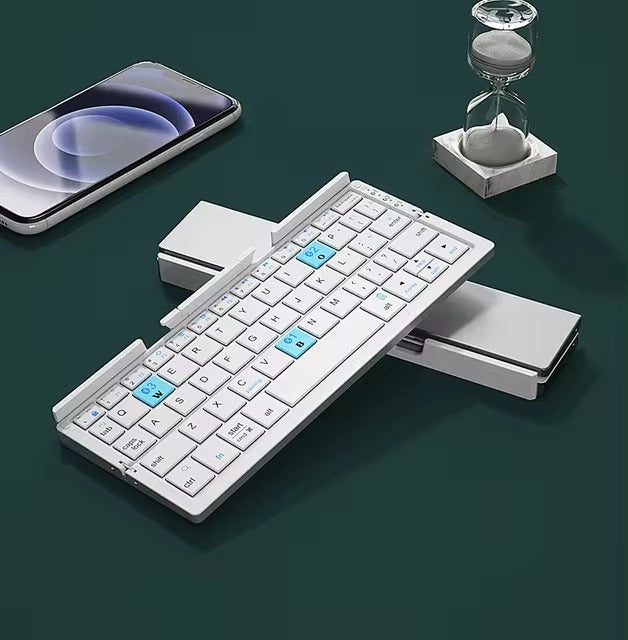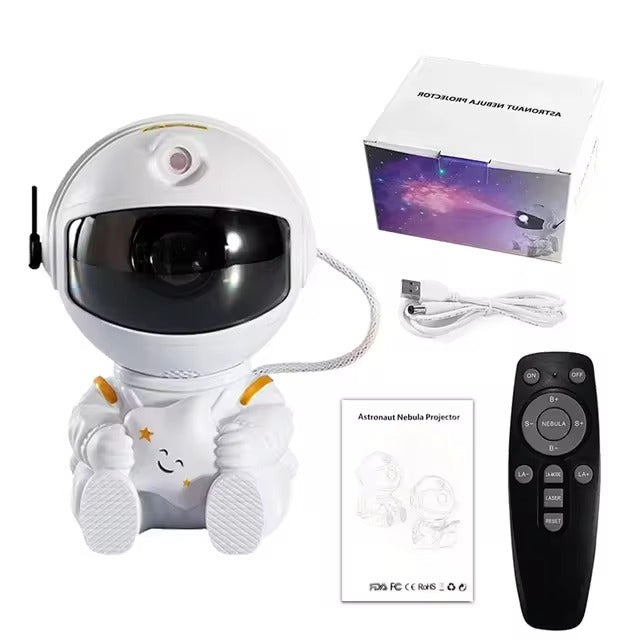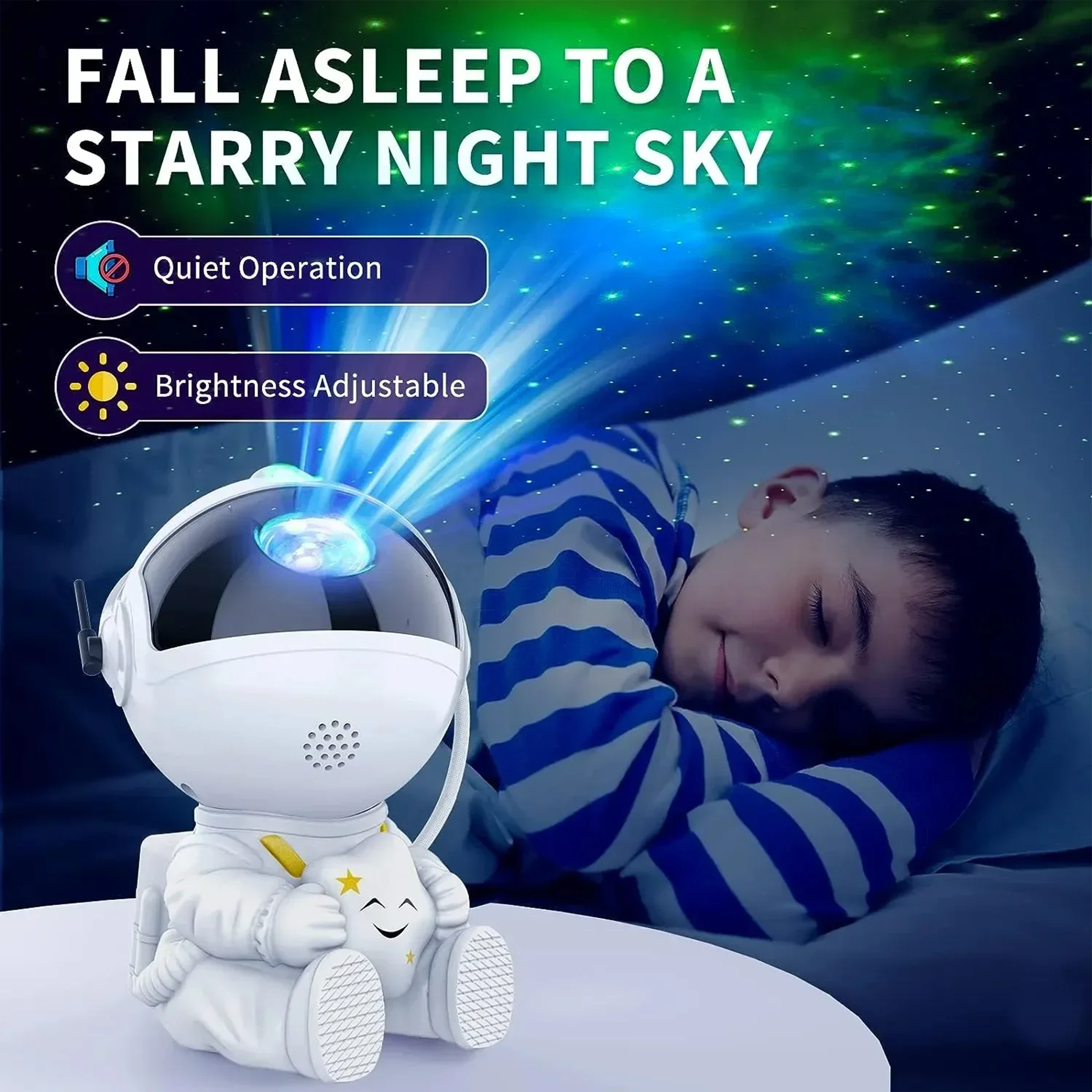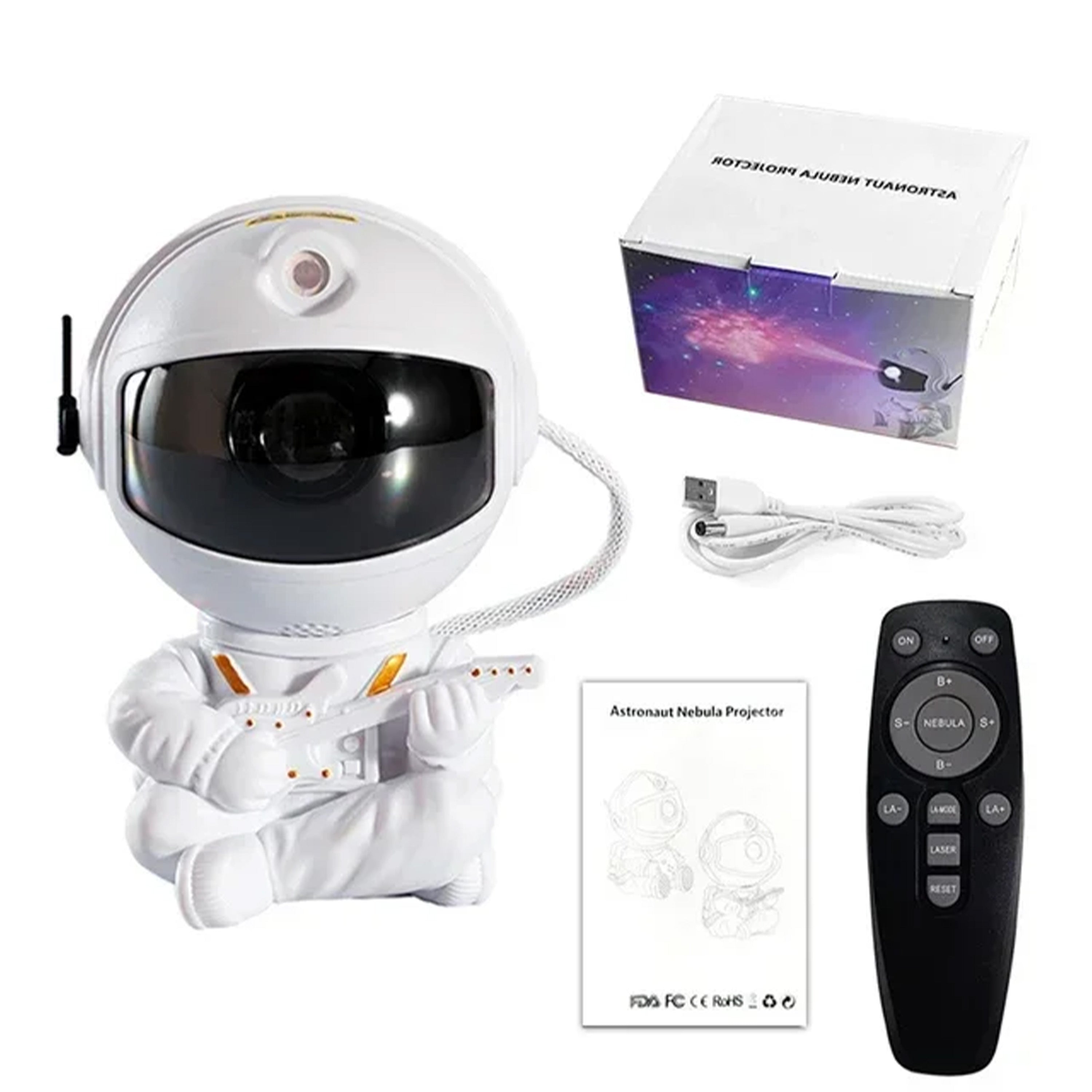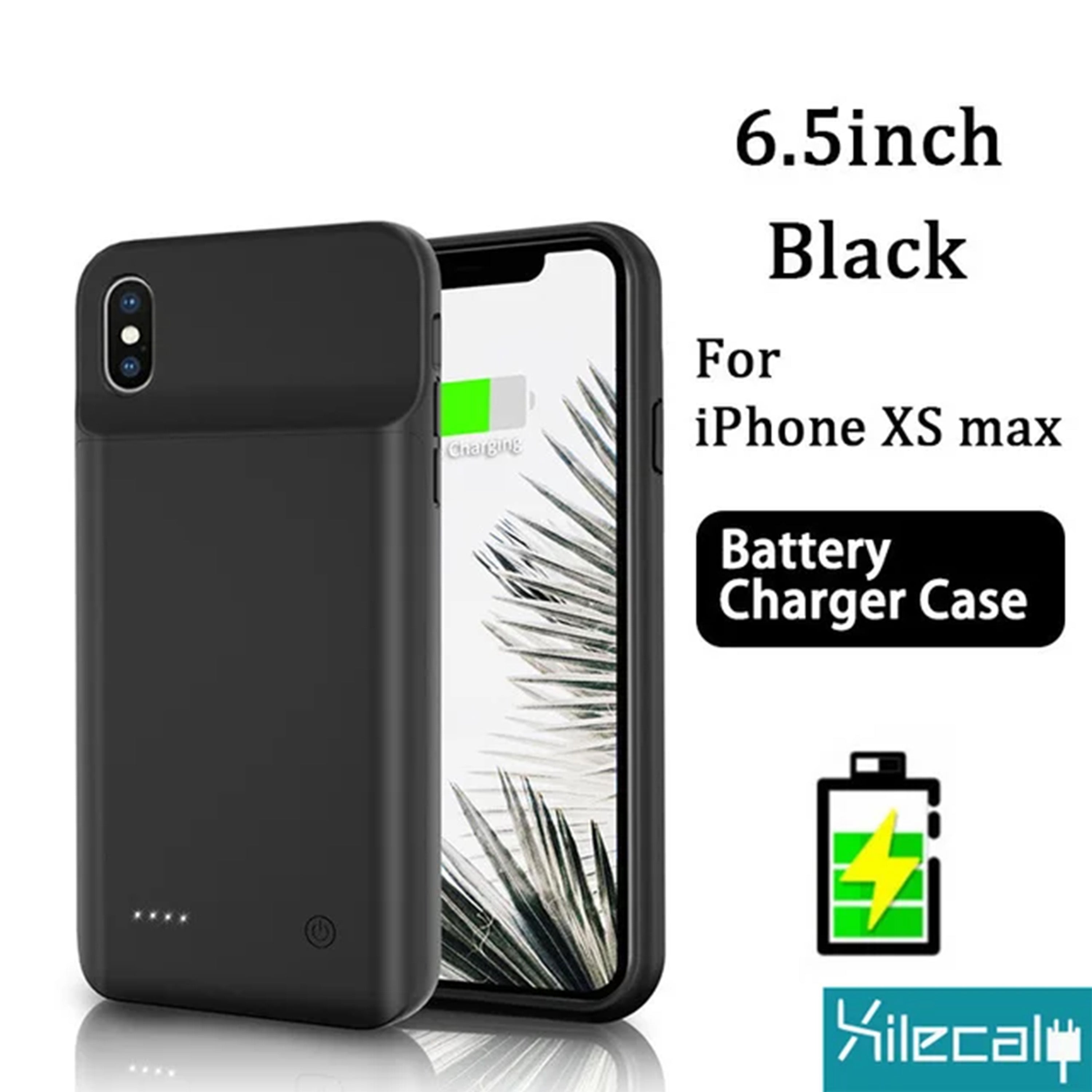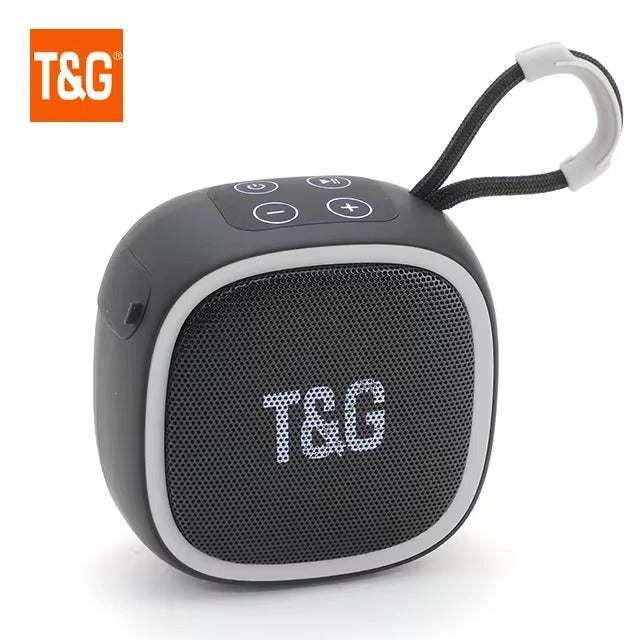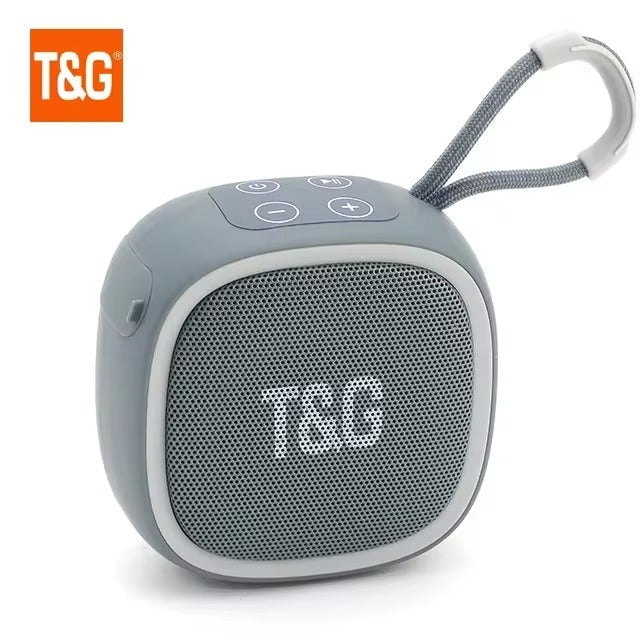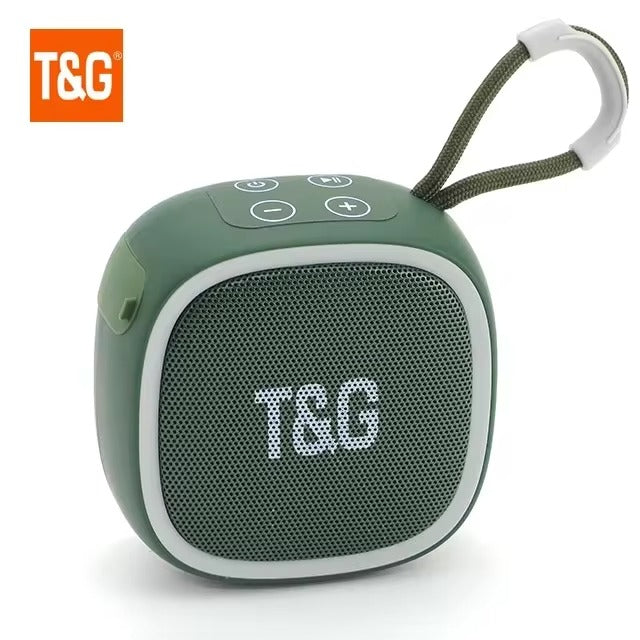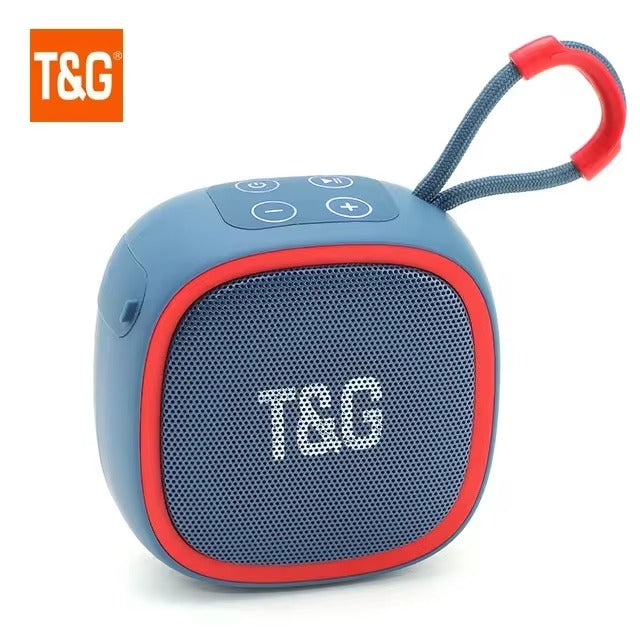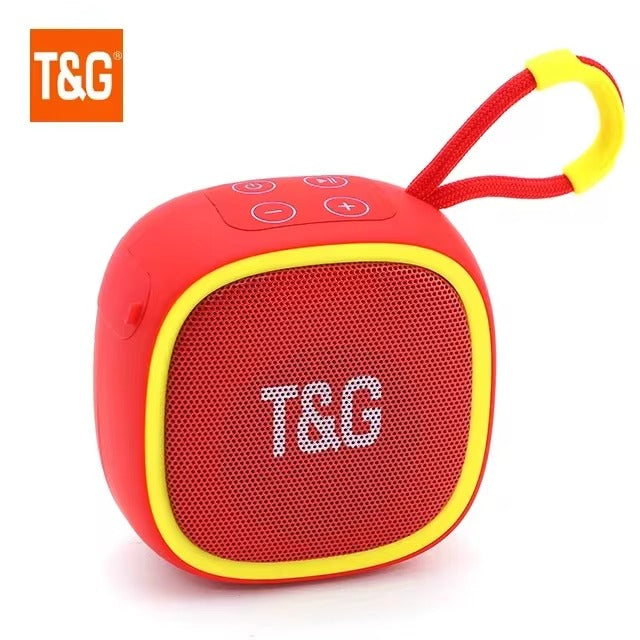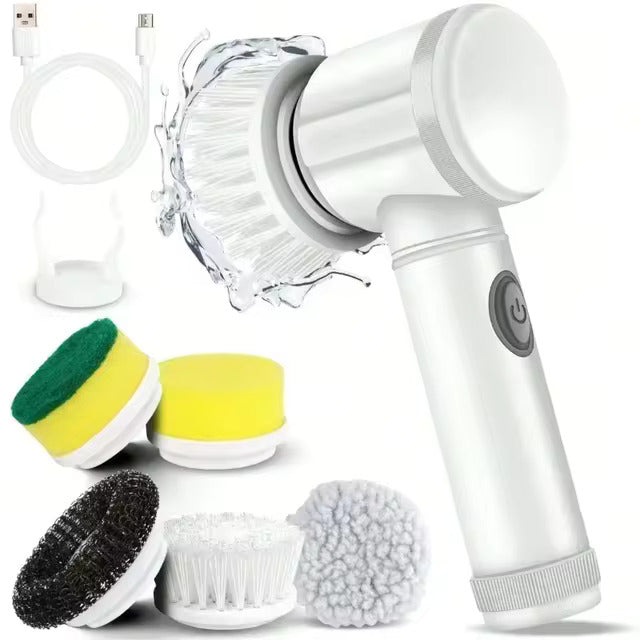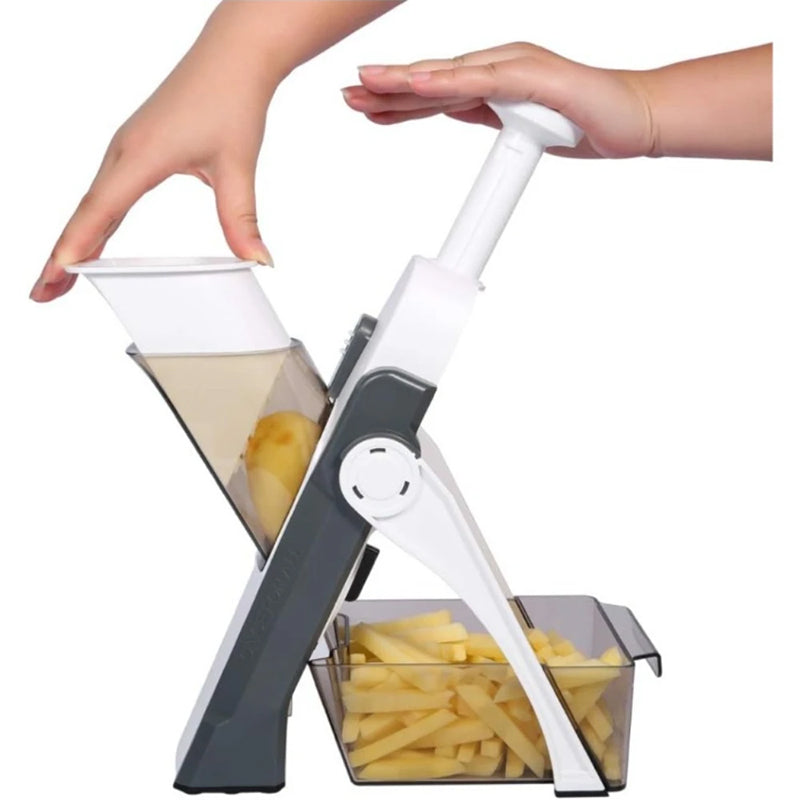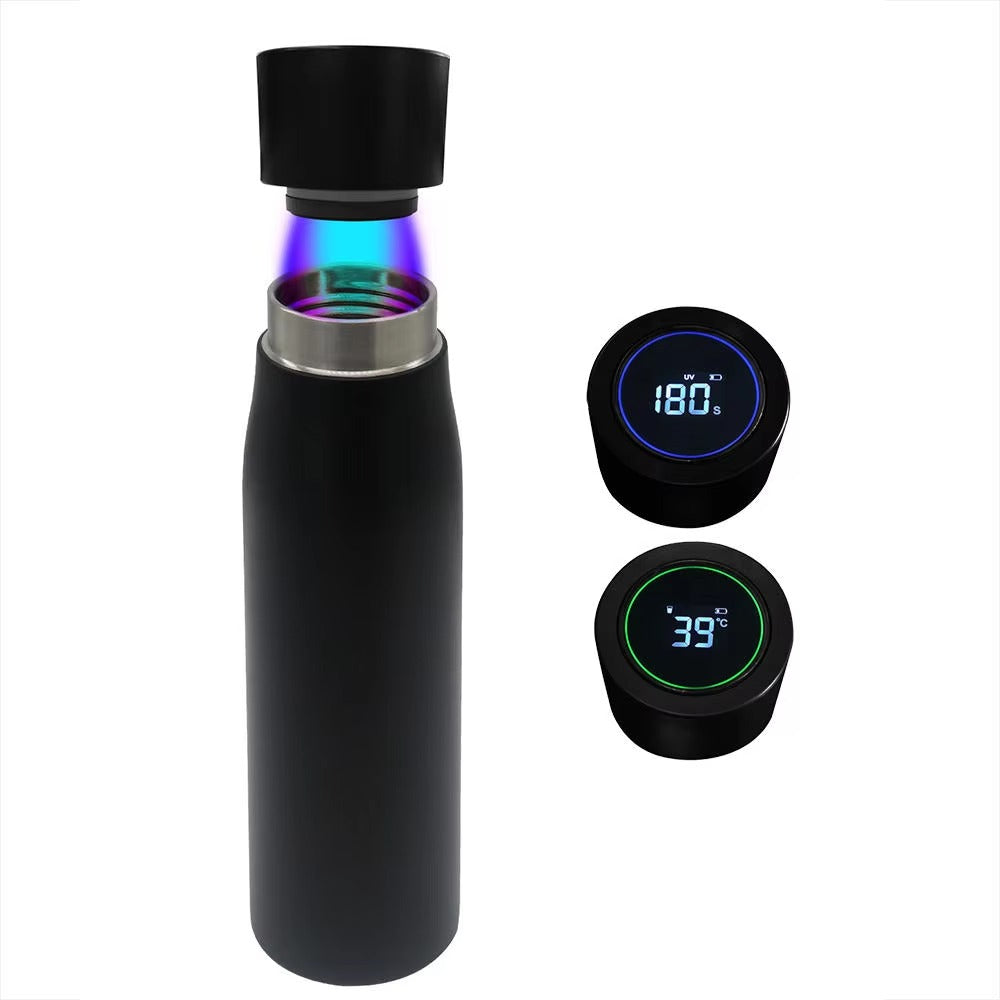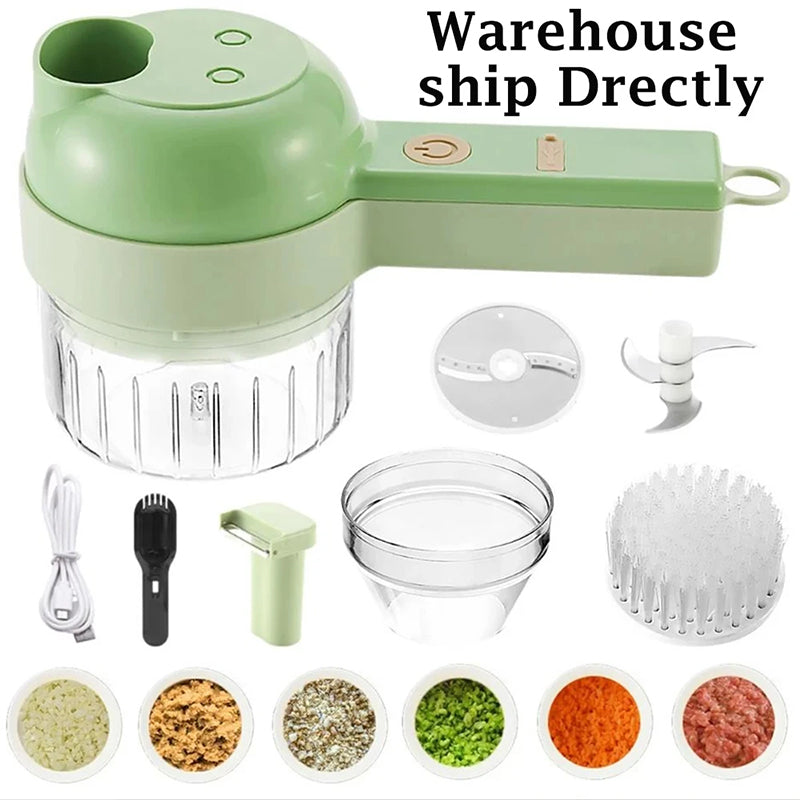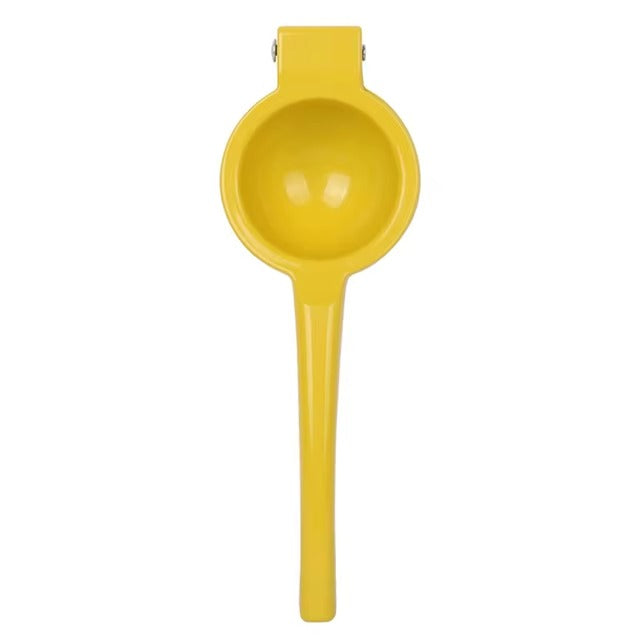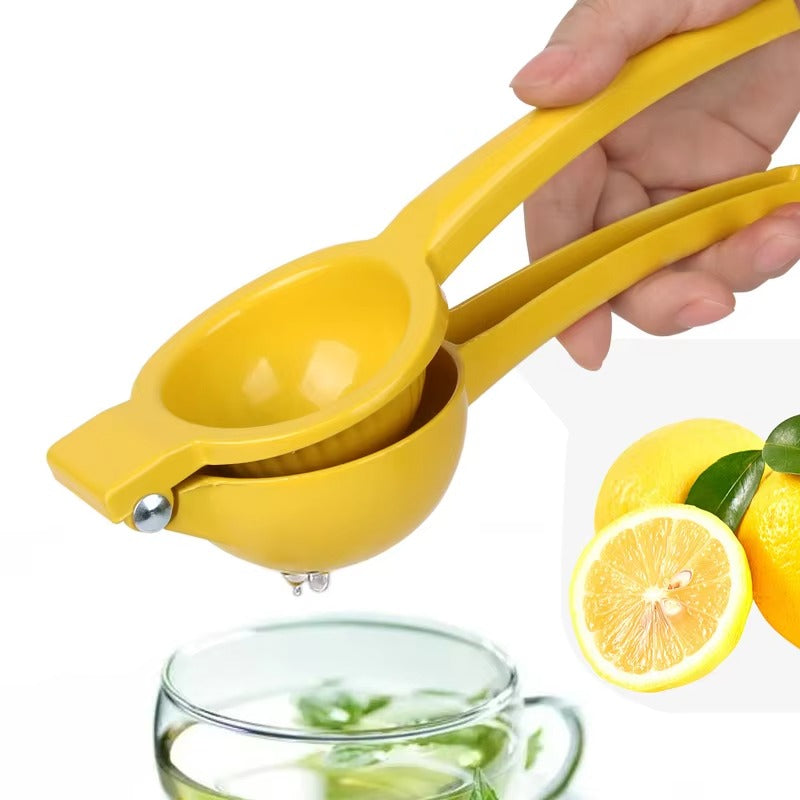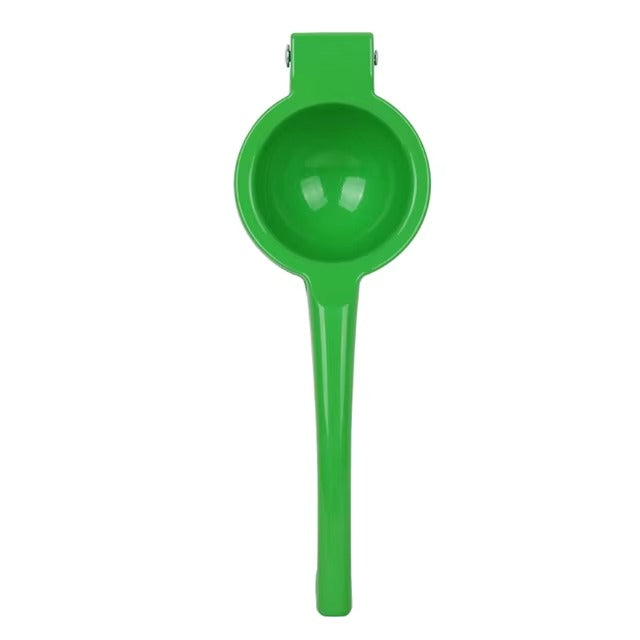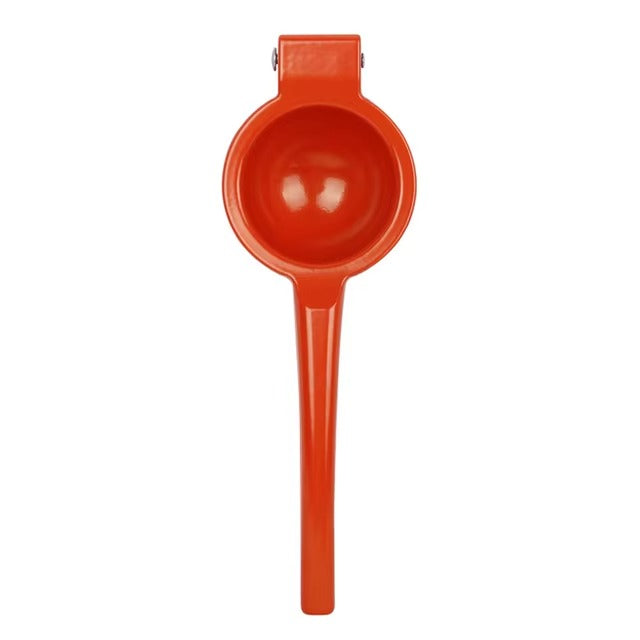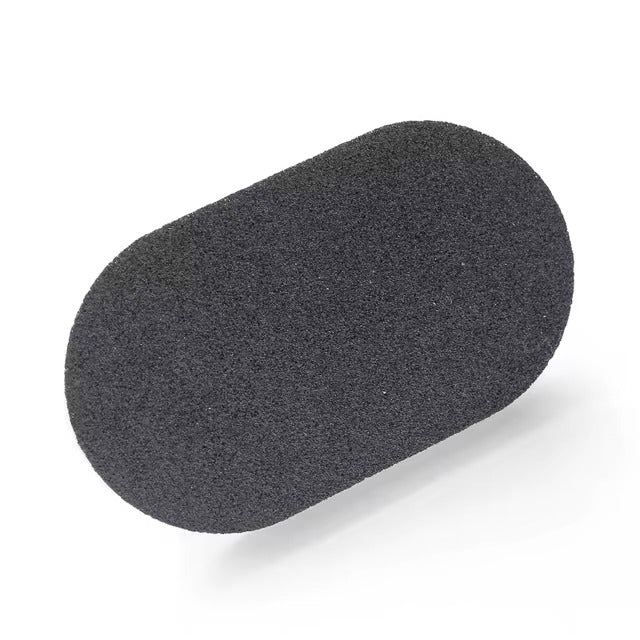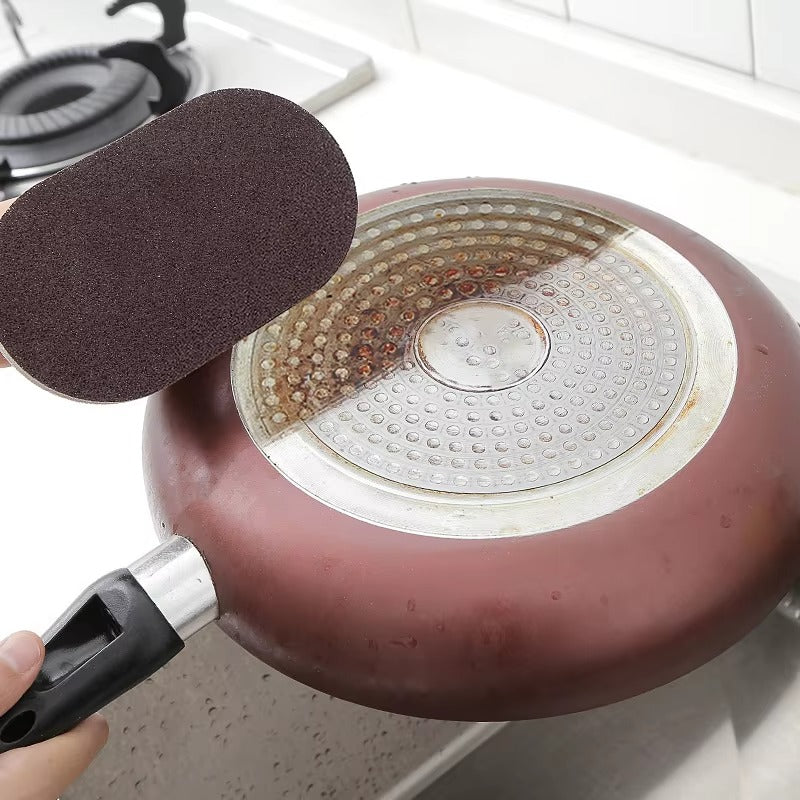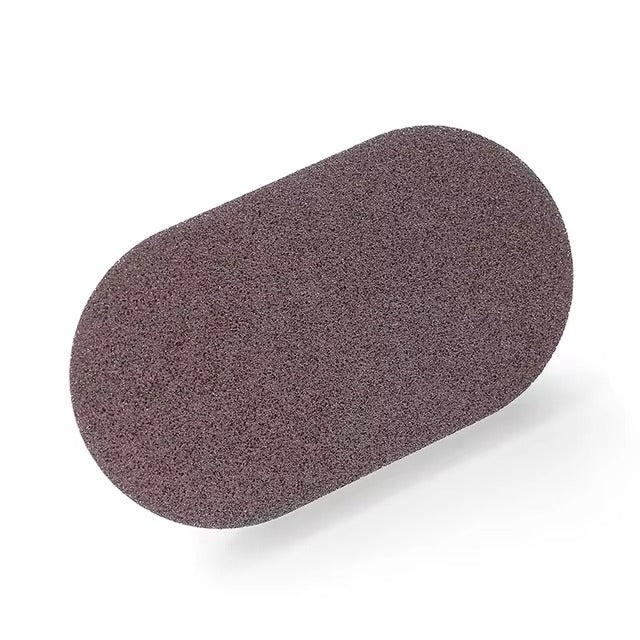Air blowers are incredibly versatile tools used in a variety of settings, from industrial sites to household cleaning. However, the advent of rechargeable air blowers has brought a new level of convenience and efficiency. In this blog, we'll dive into how you can maximize the efficiency of your rechargeable air blower, ensuring you get the best performance possible while maintaining its longevity.
Understanding Your Rechargeable Air Blower
Key Features
A rechargeable air blower offers distinct advantages, primarily through its portability and lack of reliance on continuous power supply. Features typically include variable speed controls, interchangeable nozzles, and, most importantly, a battery that frees you from cords. Understanding these features is crucial to leveraging the blower's full potential.
Rechargeable vs. Traditional
Unlike traditional blowers that require a steady power connection or gasoline, rechargeable air blowers provide more mobility. This feature is particularly useful for cleaning spaces where power outlets are scarce or for outdoor use where an extension cord isn't practical.
Preparation: Setting Up for Success
Charging Your Air Blower
To maximize battery life, charge your air blower according to the manufacturer's instructions. Avoid overcharging, as this can reduce battery efficiency over time. Ensuring a full charge before use maximizes power output and operational duration.
Safety First
Always wear appropriate PPE such as safety goggles and gloves. The air stream from blowers can propel debris at high speeds, potentially causing injury.
Effective Usage Techniques
Optimal Handling
For most cleaning tasks, holding the blower at a 45-degree angle allows you to cover large areas effectively. For more precise control, such as when dislodging debris from corners, adjust to a narrower angle.
Speed Settings
Utilize lower speeds for indoor cleaning to prevent scattering dust and higher speeds outdoors to efficiently gather leaves or clear larger debris.
Maintenance Tips to Prolong Efficiency
Routine Cleaning
Keep your blower clean from dust and debris, which can clog the motor and reduce efficiency. Regularly wipe down the exterior and clear the intake vents.
Battery Care
Store your air blower and its battery in a cool, dry place to prevent damage and maintain optimal battery health. Replace the battery if you notice a significant decrease in runtime.
Advanced Tips and Tricks
Maximizing Air Flow
Periodically check the air filter and clean or replace it as needed. A clean filter ensures maximum airflow, which is crucial for efficient operation.
Creative Uses
Beyond just blowing leaves or cleaning dust, use your rechargeable blower to speed up drying times for freshly washed cars or after rainstorms on patios and decks.
Troubleshooting Common Issues
Reduced Airflow
If you experience reduced airflow, check for blockages in the nozzle or tube. Regular maintenance helps prevent this issue.
Battery Issues
If your blower's battery isn't holding a charge as it used to, consider recalibrating it, if possible, or replacing it to ensure maximum performance.
Comparative Insights
When considering a purchase, compare different models to find one that matches your specific needs—whether it's battery life, weight, or airflow capacity. Look for models that balance these elements to provide the best value.
Conclusion
By understanding and maintaining your rechargeable air blower properly, you can significantly enhance its performance and longevity. Remember, the key to maximizing efficiency lies in how well you know and care for your tool.
Call to Action
Have you tried any of these tips with your rechargeable air blower? Do you have any additional advice for fellow users? Share your experiences in the comments below to help others make the most of their air blowers. If you're looking to buy a new model or need more detailed reviews, check out our latest articles on air blower options available on the market.
FAQs
How to Increase the Efficiency of a Blower?
Increasing the efficiency of a blower involves several key steps:
- Regular Maintenance: Keep your blower clean from dust and debris that can clog the system. Regularly inspect and clean filters, fans, and motors.
- Optimize Ductwork: Ensure that the ductwork is properly sealed and free of leaks. Poor duct work can significantly decrease the efficiency of a blower.
- Adjust Speed Settings: Use the appropriate speed settings for the task at hand. Lower speeds can be effective for light jobs and conserve energy, while higher settings should be reserved for more demanding tasks.
- Routine Inspections: Regularly check for wear and tear, especially in belts and bearings, and replace or repair parts as necessary to maintain optimal performance.
- Upgrade Equipment: If your blower is outdated, consider upgrading to a more energy-efficient model. Modern blowers often come with better technology that maximizes airflow while reducing energy consumption.
How Do I Increase My Blower Flow Rate?
Increasing the flow rate of your blower can be achieved through several strategies:
- Clean or Replace Filters: Dirty filters restrict airflow. Cleaning or replacing them can significantly improve the flow rate.
- Check for Obstructions: Remove any obstructions in the ducts or near the intake and exhaust of the blower. Even small blockages can reduce the flow rate.
- Enhance Motor Performance: Ensure that the motor is functioning at its peak. This might involve lubricating moving parts, checking for electrical issues, or adjusting the motor speed.
- Use Appropriate Attachments: Utilize nozzles and attachments that are designed to enhance airflow for specific tasks.
- Adjust Fan Blades: If possible, adjust the pitch of the fan blades to increase air movement without additional energy consumption.
How to Conserve Energy in a Blower?
Conserving energy in a blower can help reduce operational costs and environmental impact. Here are some effective methods:
- Operate at Optimal Times: Use blowers during off-peak energy hours if possible, which can reduce energy costs and strain on the power grid.
- Use Variable Speed Drives (VSDs): VSDs adjust the speed of the motor based on the load requirement. This ensures that the blower uses only the energy necessary for the task, reducing overall consumption.
- Maintain Regularly: A well-maintained blower operates more efficiently. Regular maintenance such as cleaning, lubrication, and parts replacement can prevent energy wastage.
- Insulate Ductwork: Properly insulating ductwork can prevent energy loss, especially in unconditioned spaces.
- Upgrade to Energy-Efficient Models: Consider replacing older blowers with energy-efficient models that use advanced technologies to reduce energy consumption while maintaining performance.
